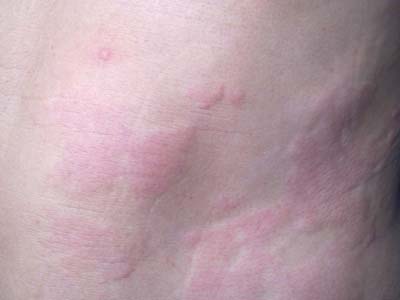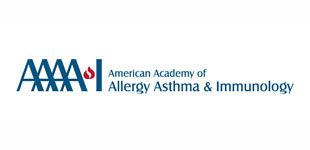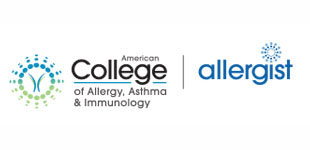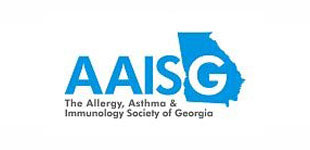Hives (Urticaria)

Urticaria is the medical term for hives. When cells in the skin release histamine, small blood vessels leak, which then causes swelling and inflammation of the skin, or hives. Hives frequently occur in allergic reactions. However, unless the hives appear after an obvious allergic trigger, then they are not caused by an allergy. These hives are called "spontaneous" hives. If hives appear for greater than six weeks, then they are called "chronic". Chronic hives are never due to allergies.
Most hives start as an itchy patch of skin that turns into a swollen red welt. The itching can be mild to severe. Hives will usually blanch (when pressed, the center of a red hive will turn white). Hives are usually easily managed with antihistamines. If antihistamines do not prevent symptoms, then we use prescription medications.
Swelling (Angioedema)
Angiodema is the medical term for a type of swelling that is usually caused by the release of histamine into deep layers of skin. It may be associated with tingling, burning, or redness of skin. Angioedema occurs in soft tissues such as the tongue, lips, throat, eyelids, hands, or feet. Like hives, angioedema may be a sign of an allergic reaction. However, unless the angioedema appears after an obvious allergic trigger, then it is not caused by an allergy. Spontaneous angioedema usually occurs in patients who also have spontaneous hives. Some patients, though, may have spontaneous angioedema without hives. Spontaneous angioedema is usually easily managed with antihistamines. If antihistamines do not prevent symptoms, then we use prescription medications.







